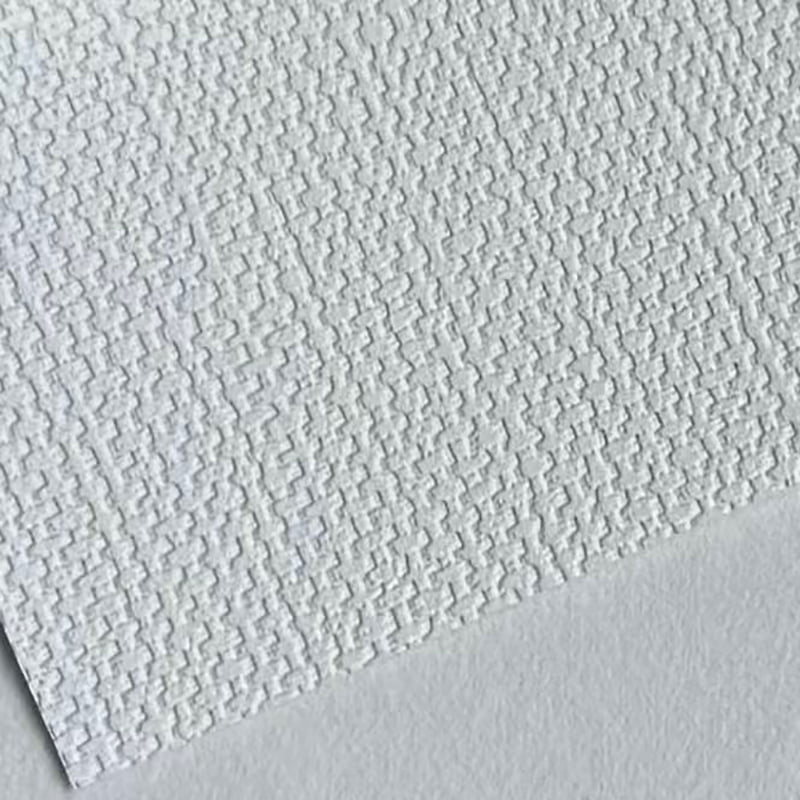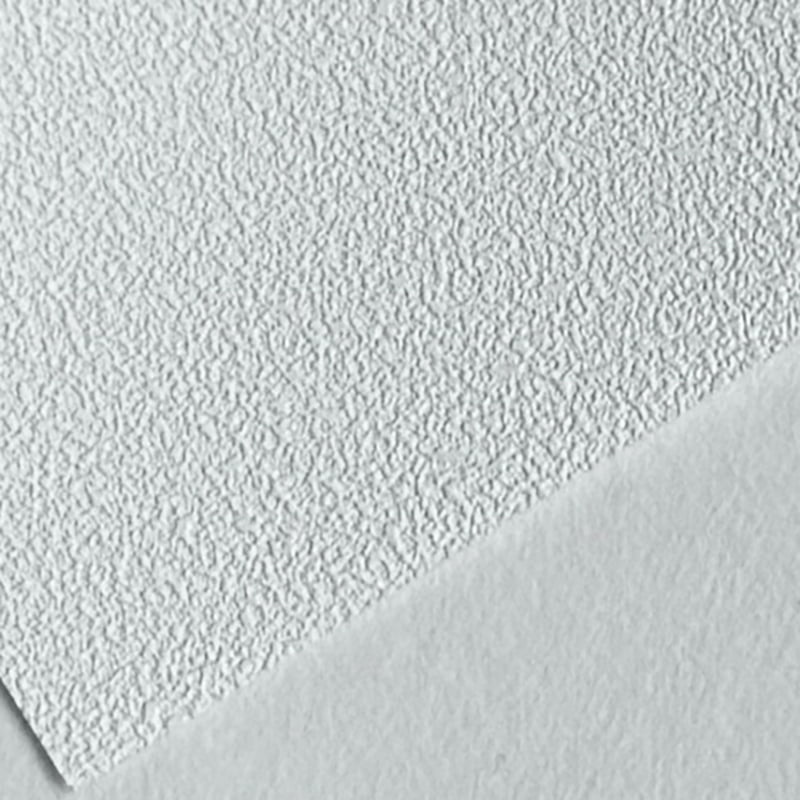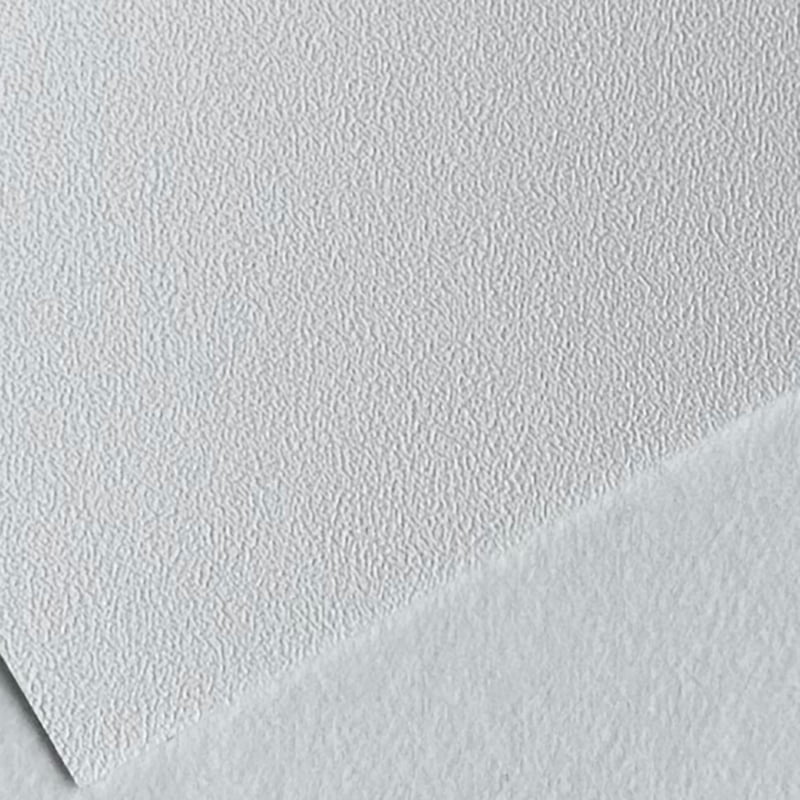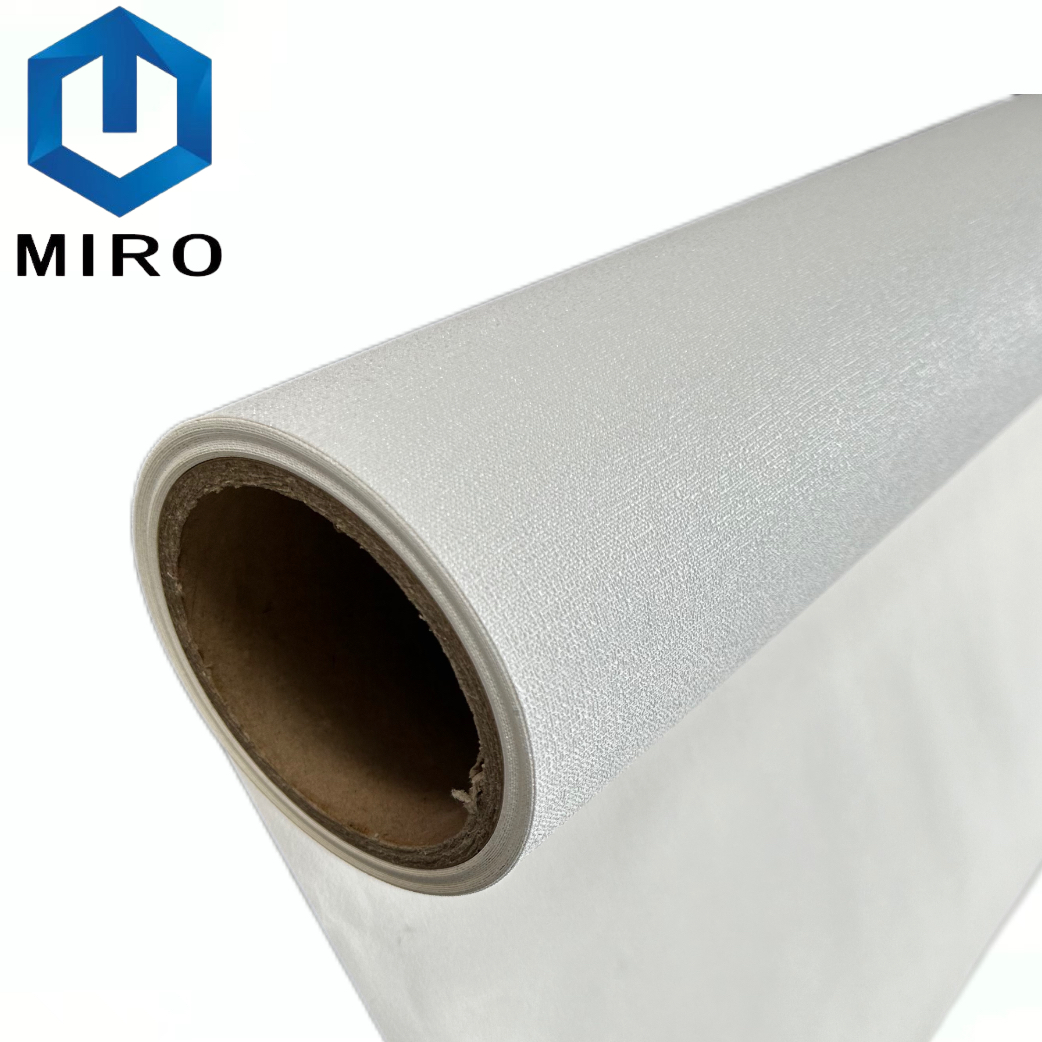Industry News
Artistic paint walls are widely used in various spaces due to their rich textures, diverse colors, and practical functions.
In residential spaces, living rooms and bedrooms can be decorated with artistic paints to create personalized atmospheres. Techniques such as relief and iridescence are used to match modern, Nordic, and other styles. For kitchens and bathrooms, water-resistant and oil-resistant artistic paints are preferred, balancing aesthetics with easy cleaning.
In commercial scenarios, hotels and restaurants can customize wall effects according to their brand positioning. High-end hotels use silk-textured paints for luxury, while themed restaurants employ hand-painted murals or 3D coatings to create immersive experiences. Offices and exhibition halls adopt textured paints like micro-cement or fair-faced concrete to shape a professional and modern corporate image.
In public spaces, schools and kindergartens use environmentally certified artistic paints to ensure health and safety. Bright colors and three-dimensional patterns (e.g., letters, animals) aid children’s cognitive development. Hospitals and senior care facilities use antibacterial, cool-toned paints to relieve anxiety, with soft textures enhancing comfort.
In special applications, artistic paints are ideal for restoring ancient buildings, mimicking traditional murals or brick carvings to preserve historical textures while improving durability. Home theaters and recording studios use sound-absorbing paints (e.g., thick coatings with quartz sand) to optimize acoustics through textured surfaces. For outdoor landscapes and building exteriors, weather-resistant coatings (e.g., silicone-acrylic resins) resist UV and water damage, while stone-effect paints offer low-cost alternatives to real stone.
Key advantages of artistic paints include strong artistry (customizable textures/colors), practical functions (moisture resistance, antibacterial properties), eco-friendliness (mostly water-based formulas), and flexible construction (suitable for wall renovations without major demolition). When selecting artistic paints, consider scenario-specific needs (e.g., waterproof coatings for humid areas), craftsmanship compatibility, and environmental certifications to maximize their value across different spaces.

 中文简体
中文简体 English
English русский
русский Español
Español عربى
عربى











